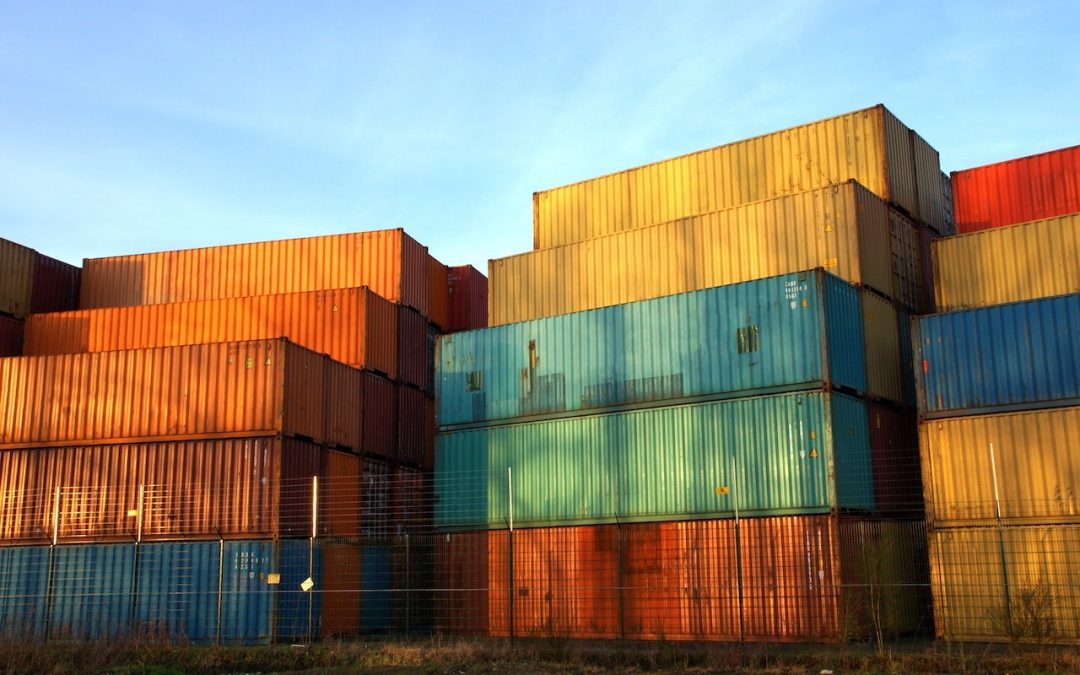When looking into freight forwarders, you want to ensure you’re getting the right advice and a good deal. Whatever container solution you end up going for will have a bearing on your costs, mode of transport and the type of goods you can send, after all.
The trouble is that information and advice about how much can fit into a single container can vary across the board, leaving you feeling confused and worried about getting taken for a ride.
Do you really need to spread your cargo out over two or more containers, for example? Is it something that is actually recommended and correct? Or is this particular freight forwarder trying it on?
Well, you don’t know what you don’t know. So take the power back into your own hands and read this blog for a comprehensive look at how much shipping containers can hold.
Container Dimensions
First and foremost, remember that there are a few different sizes of shipping containers out there. You can read the ins and outs of the topic in our recent blog, but to recap the basics…
20ft standard shipping containers are 20ft in length, 8ft in width and 8ft 6 inches in height, with 40ft containers being twice the length and, therefore, double the size.
Aside from those two popular options, you’ve got high cube versions which are a foot taller for that extra bit of packing room – an extra 344 cubic feet of capacity to be exact – and a variety of specialist container types suitable for sensitive, hazardous, huge or awkward cargo.
Now. Dimensions are all well and good when you’re buying a new sofa or measuring up for a shelving unit. But you’ve got to have a serious maths head-on if you’re going to work out how that translates into what a container can hold…
So? What Mass CAN They Hold?
If you have ever seen a shipping container close up, you might have noticed loads of numbers painted onto one of the shorter sides.
These numbers display the three relevant weight figures crucial to the safe shipping of goods, and they’re usually painted on when it’s being serviced.
The Tare weight of a container is simply the weight of the container when it’s empty. The Payload, or Net Weight, is the maximum weight the cargo within the container can be. And finally, the container Gross Weight is both container weight and cargo weight combined.
Opting for a 20ft standard dry shipping container gets you a Payload value of up to 28,430kg, with its high cube partner offering 28,250kg. The maximum Payload of a 40ft container is 26,730kg, and a 40ftHC provides 26,590kg.
Notice anything interesting? The high-cube versions of the standard containers have a lower Payload, meaning the total weight of goods in a high cube must be lower than in a standard container. This is because high cubes are much heavier.
Freight Density
Along with dimensions and maximum weight limits, density plays a part in packing containers safely, too.
Freight density is the space items occupy in relation to their weight. And essentially, it’s not a good idea to park cargo too tightly together. In some countries, such as the US, freight rates reflect this by moving from weight-based rates to density scales.
To calculate freight density, you divide the weight of the item in pounds by its volume in cubic feet. Working out the volume is as simple as multiplying height x width x depth and dividing that number by 1,728, or the number of cubic inches in a cubic foot.
Got it?!
Why Does Density Matter?
You’d be forgiven for thinking that freight forwarders would simply fill containers to the brim to fit cargo into as few containers as possible… If density matters, it makes sense. Doesn’t it?
If you hadn’t guessed, it’s not quite that simple. Dense cargo carries risks.
Most commonly, customs screening warehouses cannot pass consignments that are too densely packed. Shipments that appear too cluttered result in more time and money spent re-jigging everything. You can end up having your load spread into additional containers or even rejected. And all of this ends up contributing to container congestion.
If you’re worried about space, remember that doubling up the size of the container doesn’t necessarily mean that you can double the weight, so it’s better to pack things down as small as you possibly can to increase the maximum payload.
Can’t Get Your Head Around Density?
You’re not the only one.
Why not start simply? Do you know which type of container you’re going to need?
If you’re looking to import or export goods, but you’re not sure what the next steps are, Millennium is here for you. We’re masters at simplifying freight-related rules and technical terms and can help you find the answers you need.
Read our helpful blog, ‘How Big Actually Is a Shipping Container?’, for more information about the different types and sizes of shipping containers out there.

